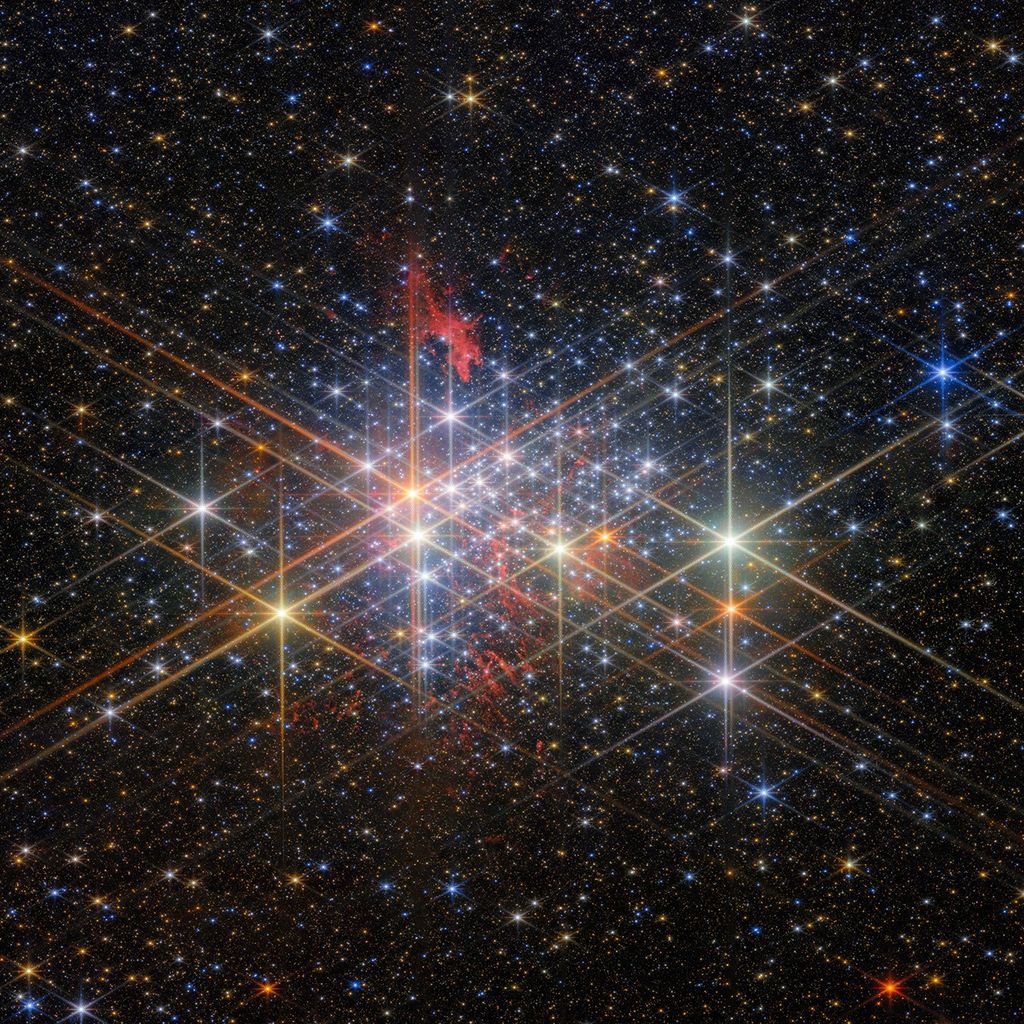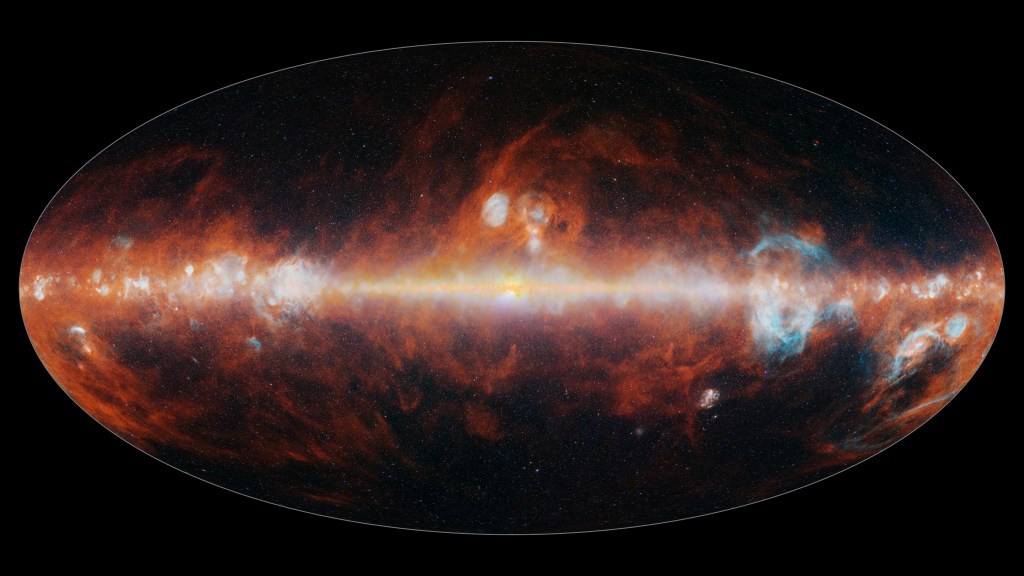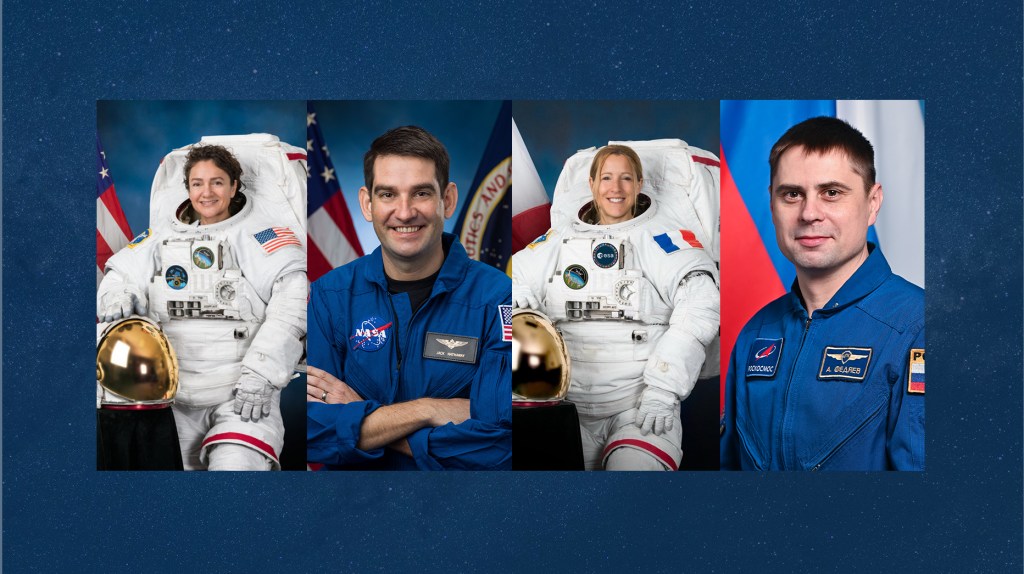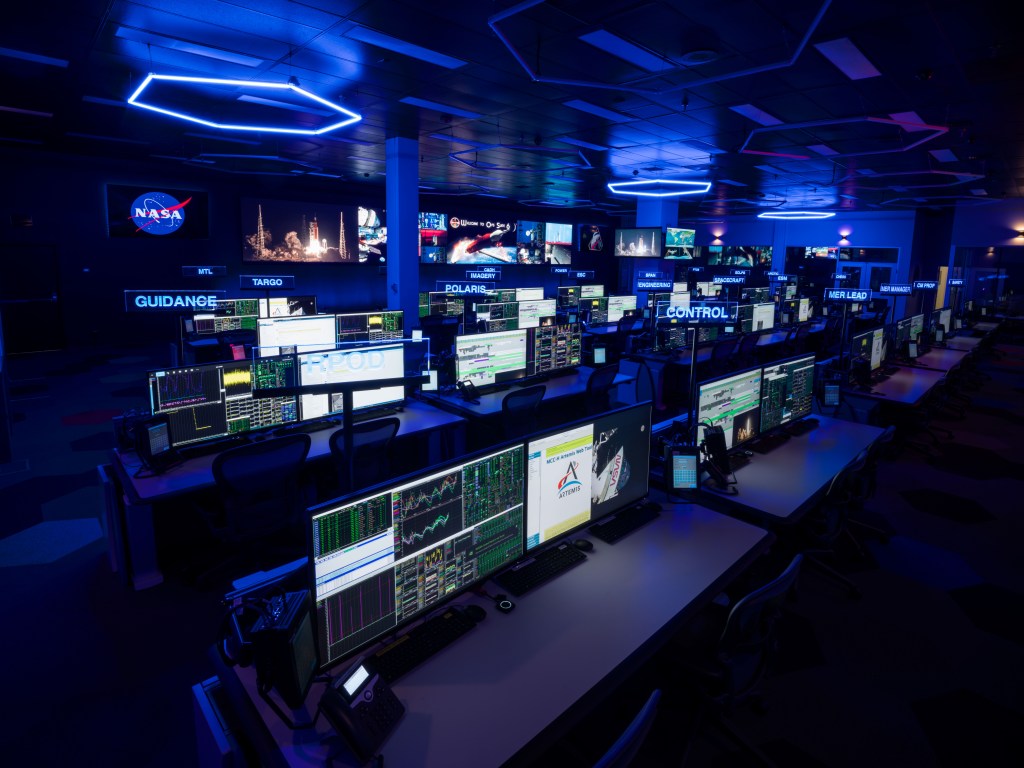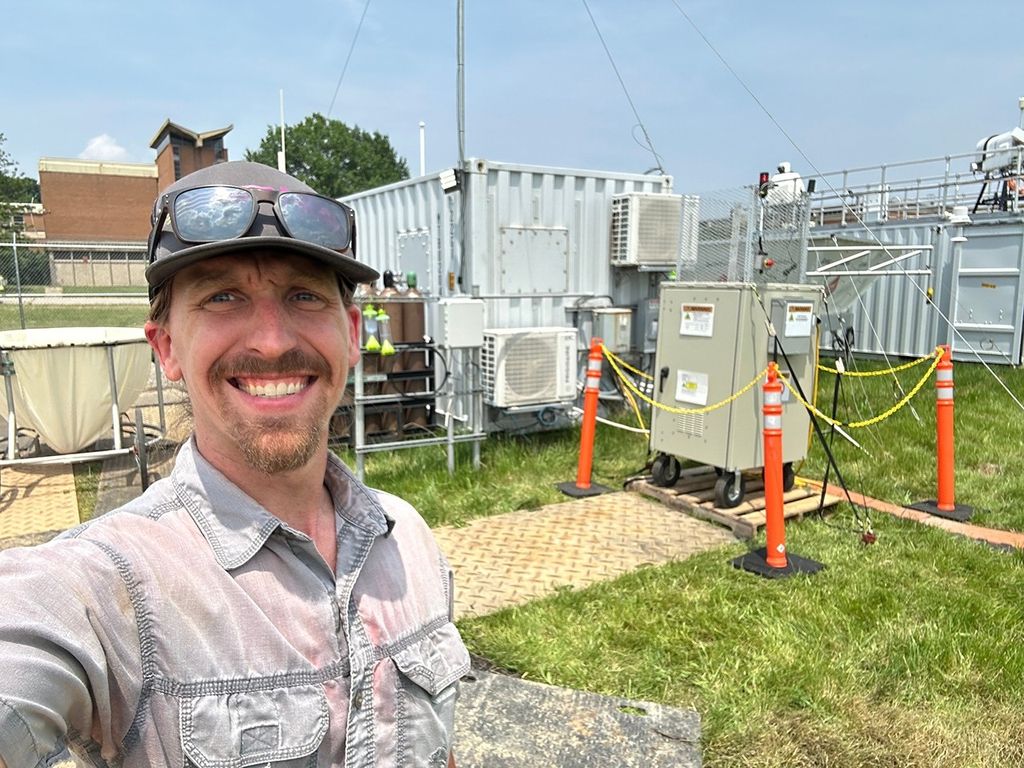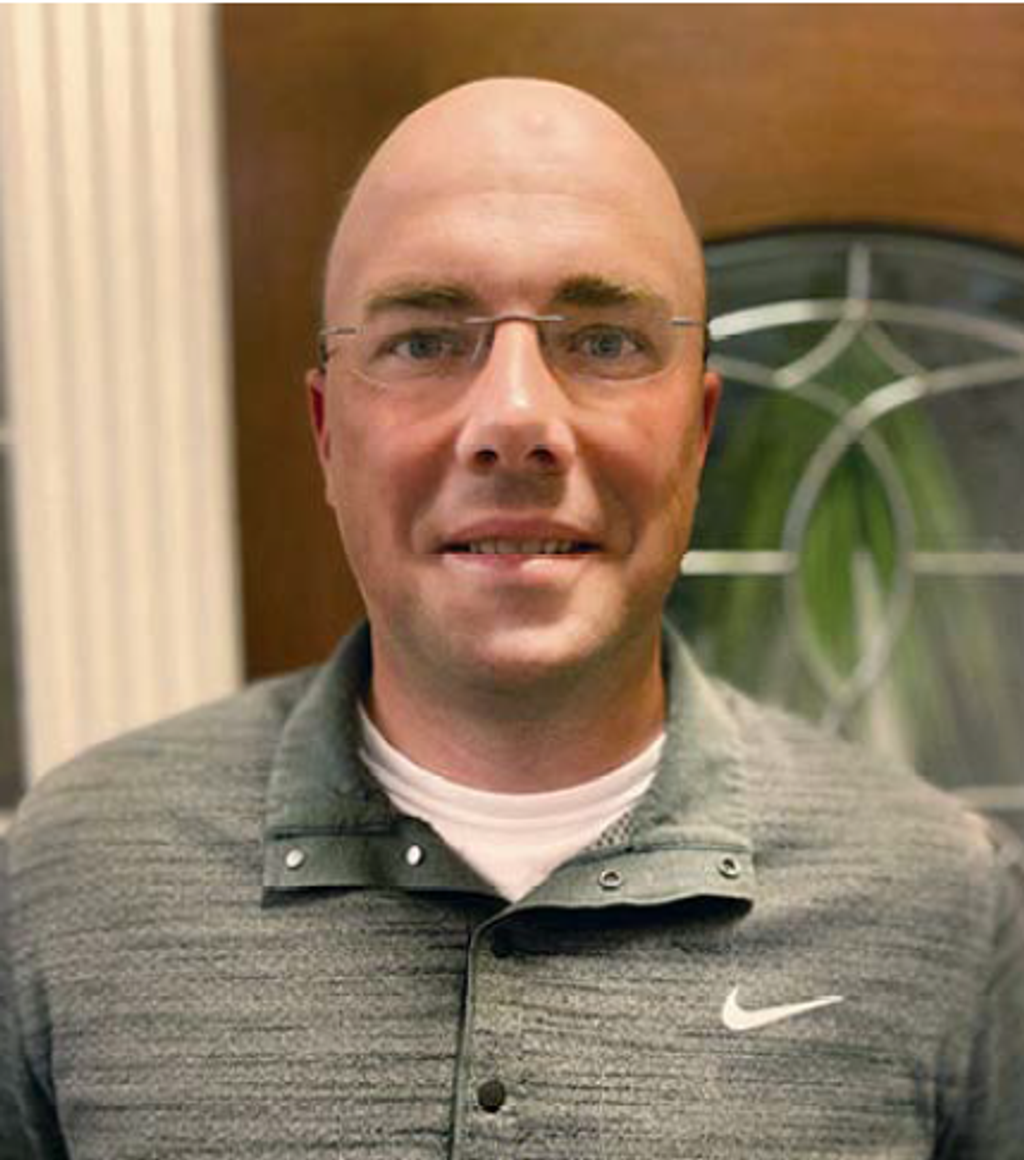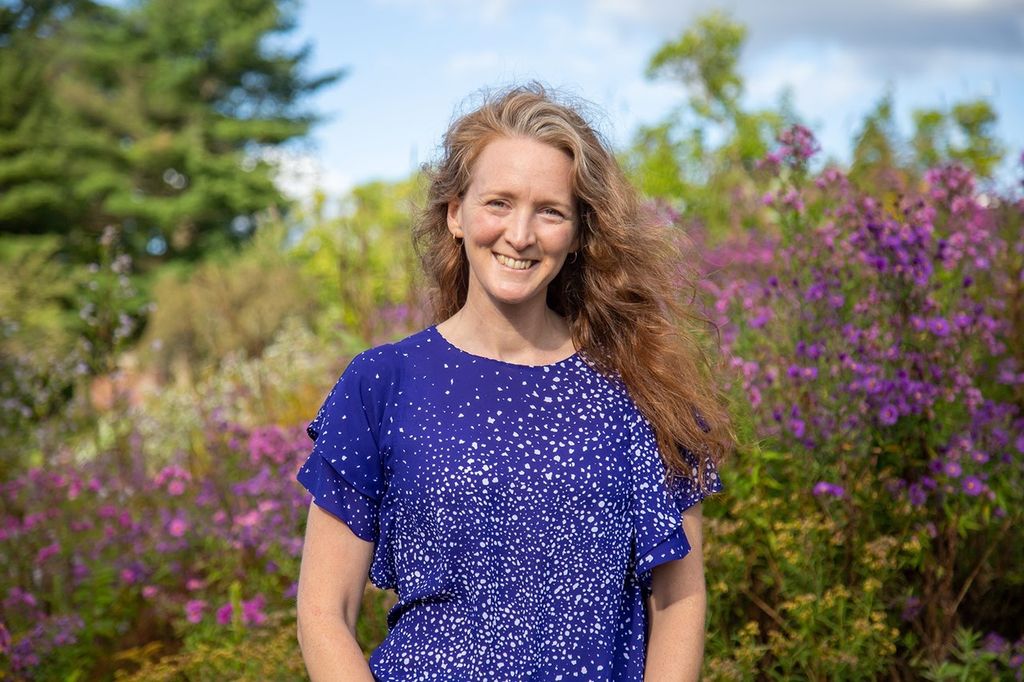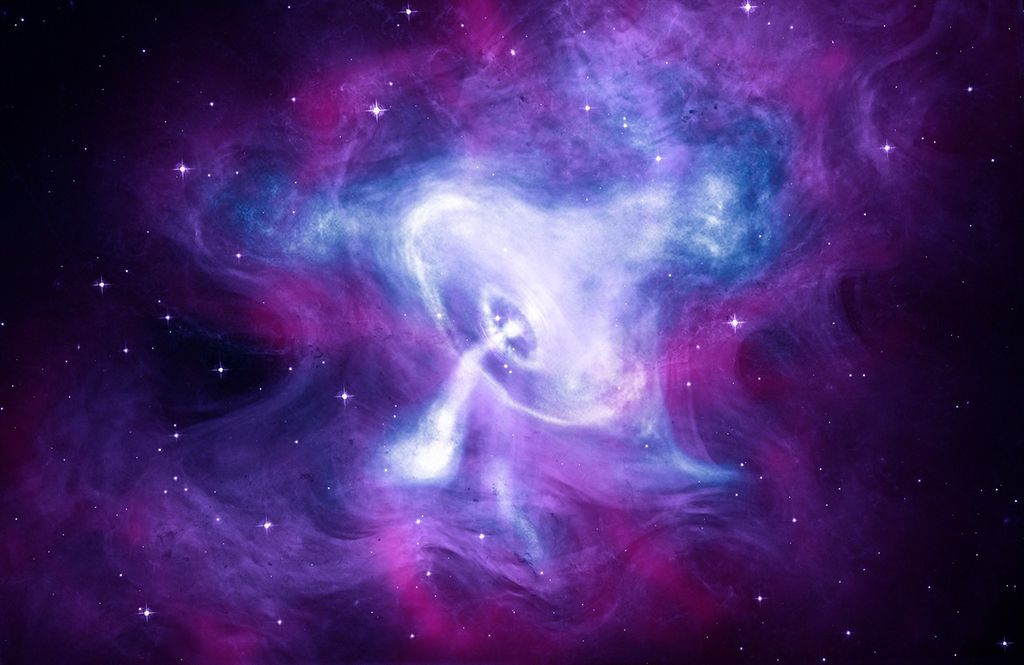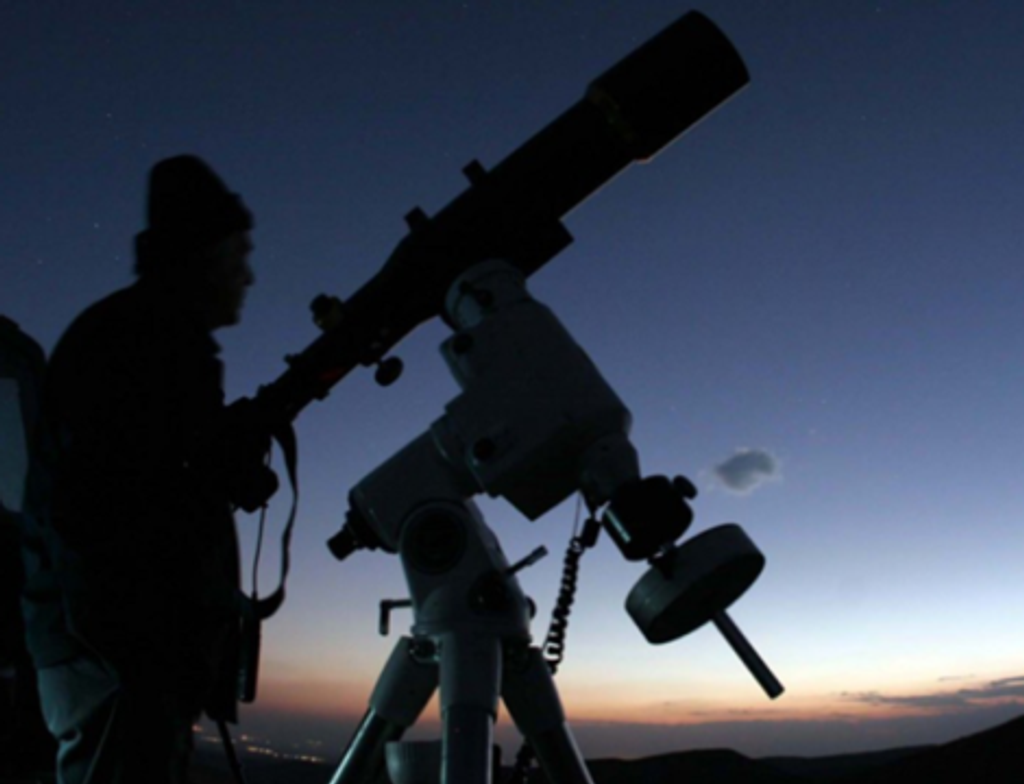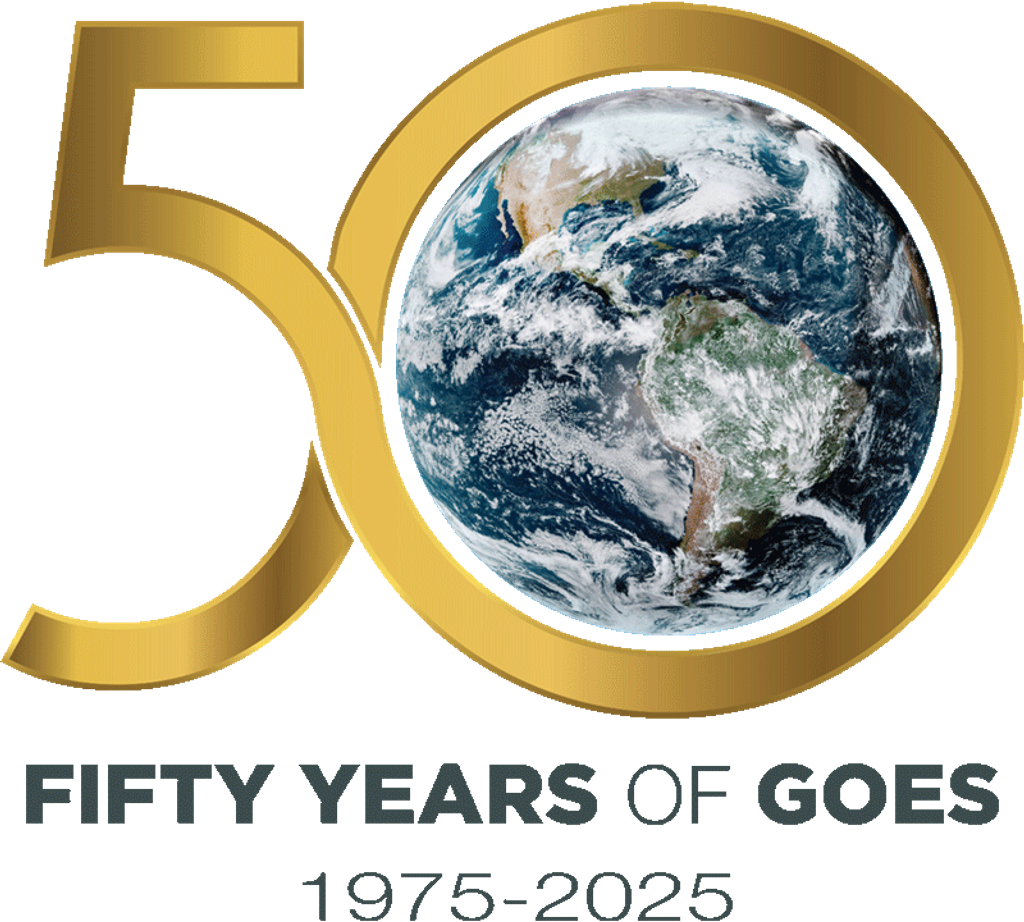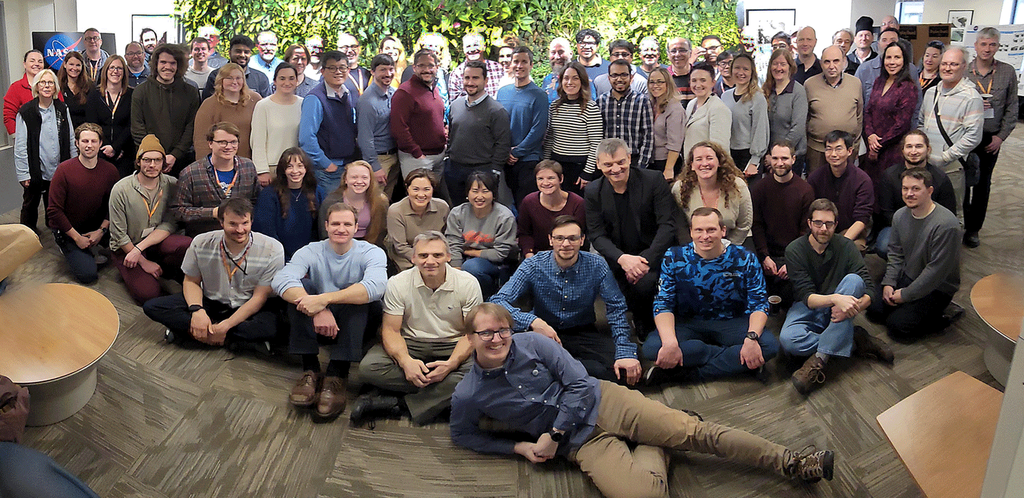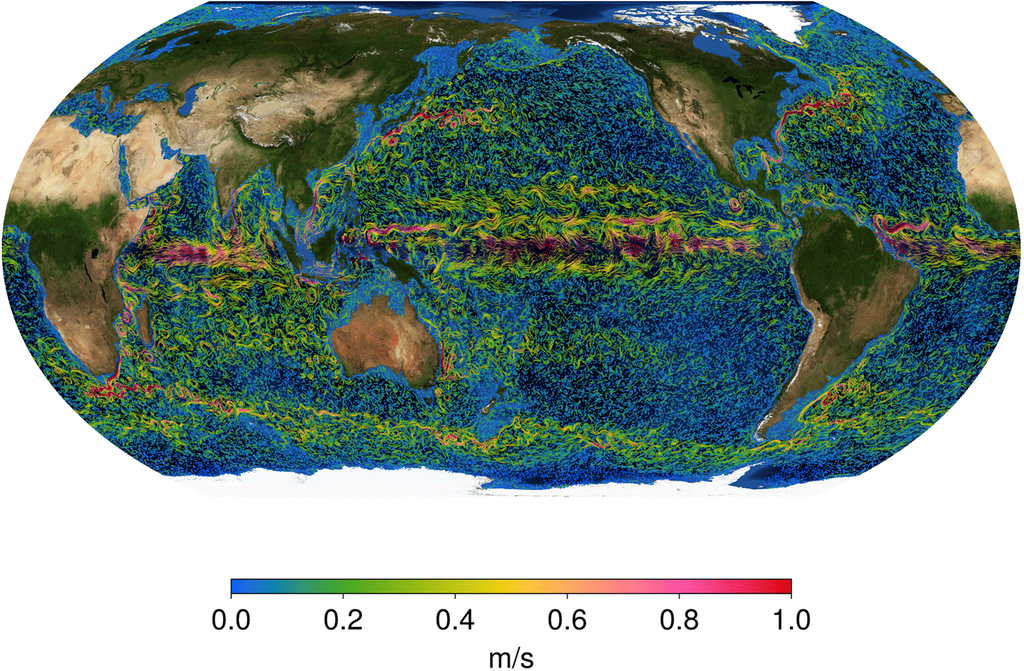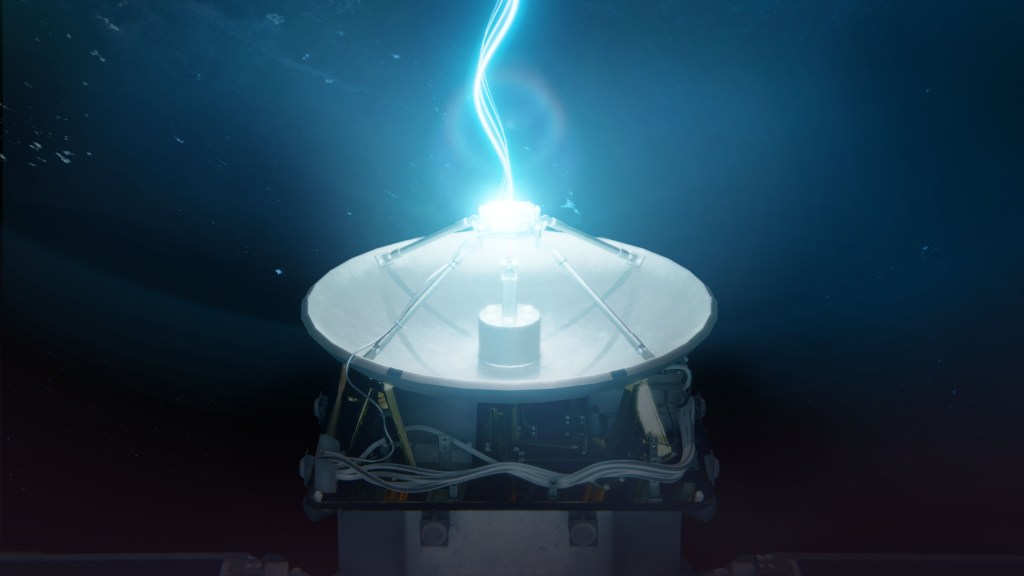Bonita Seaton
Contents
Personal Essay
Buffalo, New York is a blue-collar working city…a city of factories, steel mills, and manufacturing plants. Growing up in Buffalo in the 60’s and 70’s meant we grew up knowing of hard work, factory shift schedules, and working jobs that wore you out, but fed and clothed your family. We were not a family of means; most of the time we lived in city housing projects. Clothes were bought big to last more than one year; hand-me-downs were common and welcome; we walked most places or took a bus since we did not have a car. What we did have was a strong and loving family. Our parents believed in our future and they worked hard to give us the confidence, values, traits, and vision to build a better life. As the middle of three children, I always knew I would go to college. I always knew I would have a career, not a job. Although I was too young to fully grasp the difference, I understood that careers offered a better future with more options and opportunities. I knew a career could take me out of the projects and into a house, a dream my Mother had for all of us. I knew all of these things, but never did I imagine myself working for NASA.
At that time in the Buffalo city projects, there were not many role models for women’s careers. Around me, I saw women as homemakers, secretaries, teachers, and nurses. When your world view is narrow, it is hard to imagine other careers; I decided to be a nurse. I started college at the State University of New York as a nursing major. At the end of my junior year, I realized nursing was not for me. I left school, got married, and continued working at the supermarket job I had held throughout my high school and college years. We moved to Maryland and I found a job waitressing. I knew education was the path to a better, more mentally challenging career so I went back to school full-time at the University of Maryland. I took my first computer science class and absolutely loved it! There are not a lot of shared courses between nursing and computer science. It was very much like starting my degree all over again. A few years later, I completed my bachelor’s degree with a major in computer science at the University of Maryland night school. Degree in hand, I started my job search.
With the help of a family friend, I submitted my resume to NASA. When I did not hear anything for several weeks, I accepted a job with a contractor working on the national flood insurance program. The same day that I accepted that job, I got the call from NASA! I told the person who called that I had waited as long as I could, but had just accepted another job. I was so excited to get that call and then so crushed that I had just accepted another job. The next day, I got another call from NASA. When it was explained that the NASA position would not start for 6 months, I agreed to come in for an interview. Six months later, I joined the NASA family.
Over the years, I have worked on a many different missions. My initial assignment was to develop a data simulator to be used in testing the Upper Atmosphere Research Satellite (UARS). I still clearly remember that first assignment and how nervous I was to be working at NASA. Since then, I have worked on developing and operating the ground and data systems for a variety of missions including SOHO, SWAS, XTE, Hubble Space Telescope, Aqua, Aura, Terra and ICESat. Today, I am the Deputy Ground Segment and Operations Manager for the James Webb Space Telescope. To me, ground systems and operations are the backbone of a mission, we are not in the spotlight, yet provide critical functions. We are responsible for developing, testing, and operating the systems that command the satellite and instruments, monitor and manage health and safety, receive and process the science data, and then forward that data to the science community. When we do our job well, you don’t know we are there, you only know that we have superb mission operations and amazing science discoveries.
While I have always worked on ground systems, I have held a variety of positions, from software developer to tester, task lead, Directorate Information Technology Manager, Associate Branch Head, to managing the Earth Observing System Data and Operations System and am currently the Deputy Ground Segment and Operations Manager for the James Webb Space Telescope. My path has not been a straight progression, I have taken on different positions to learn and try new things. I have taken positions that have challenged me and I like to think I have risen to the challenge. Along the way, I continued my education, completing my Master’s Degree in computer systems management and taking technical, leadership, and management courses. Throughout my career, I have had the great fortune to have wonderful mentors who helped guide my path and were there to answer questions, encourage, advise, and teach me.
One of the absolutely wonderful things about working at NASA is that every person and role plays a part in mission success. We are all invested in each other’s success and have an open environment for working as part of a team and sharing knowledge. Our willingness to share also extends into our culture of “giving back”…to our colleagues, interns, and the community. Giving back is truly a two-way exchange: I enjoy sharing my experiences working in computer engineering for NASA and I have gained so much in return by participating as a mentor for summer interns, staffing a NASA booth at the Society of Women Engineers event, and doing hands-on activities with students during NASA Goddard outreach events. I especially enjoy taking NASA home to the schools in the Buffalo area where I hope to make a difference by giving the students a broader view of the future and by being a role model for them to see that even “a local kid from the proj” can make it with education and hard work.
Looking back on my 26 years at NASA and the path that got me here, I think the message I would most like to share is to believe in yourself and keep moving forward. Don’t limit yourself! Life happens to us all, the path we end up on might not be the path we started on and sometimes it’s hard to see where the next step is. Even so, if all you can do to move forward is just one little step, take it! It will take dedication, persistence, and determination, but every step forward will bring you one step closer to your goals!
Biography

For Bonnie Seaton, the path to NASA was anything but straight-forward. She initially studied nursing at the State University of New York at Buffalo and after three years of study realized that nursing was not the right career path for her. Leaving this course of study was a huge step for Ms. Seaton; at that time, it was the only career path she had considered and without it, she did not know where her future would lie. She moved to Maryland and took a job waitressing and later worked in retail, still trying to find a new direction when she went back to school at the University of Maryland. After taking her first computer science course, Ms. Seaton was hooked! Ms. Seaton’s early technical work at NASA provided a solid foundation in software systems development. Her initial assignment was to develop a tool that would generate simulated science data for the Upper Atmosphere Research Satellite. Over time, Ms. Seaton progressed from software developer to task lead to manager of larger software development efforts. By learning from each of these roles and continuing her education through NASA sponsored courses, Ms. Seaton further developed her leadership and management skills. During her career, Ms. Seaton has worked in a variety of technical leadership and management positions such as Associate Branch Head of the Software Systems Branch, Information Technology Manager for the Applied Engineering and Technology Directorate, Deputy Ground Segment Manager of the Earth Observing System Data and Information System, and Manager of the Earth Observing System Data and Operations System. Today, she is the Deputy Ground Segment and Operations Manager for the James Webb Space Telescope, responsible for the development and future operations of the Webb telescope Science and Operations Center. She holds a Bachelor’s in Computer Science and a Master’s in Computer Systems Management from the University of Maryland.


